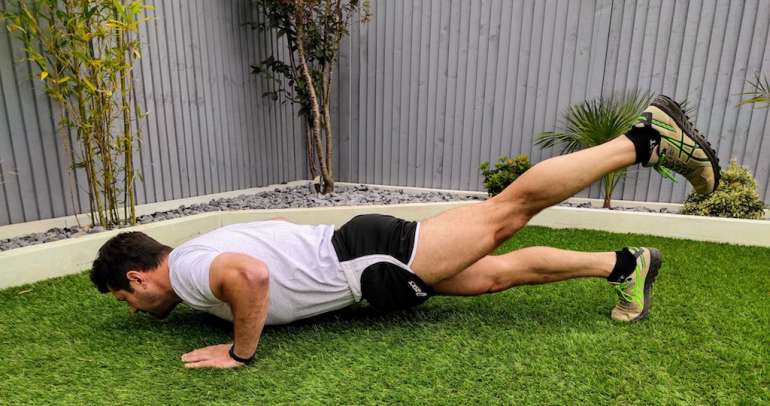By Dr Jessica Fetterplace (Osteopath & Exercise Physiologist) |

What are the current guidelines regarding physical activity for health?
- Doing any physical activity is better than doing none. If you don’t currently exercise, start by doing some, and gradually build up to the recommended amounts below.
- Aim to be active on most (preferably all) days.
- Each week, try to accumulate 150 – 300 minutes (2½ – 5 hours) of moderate intensity physical activity or 75 – 150 minutes (1¼ – 2 ½ hours) of vigorous intensity physical activity (or an equivalent combination of both).
- Aim to perform muscle strengthening activities at least 2 days each week.
Source: Australian Government Department of Health: Adults 18–64yrs physical activity guidelines.
How might this look over the week?
- 5 x 30-min brisk walking + 2 x 20-min strength exercises (eg. push-ups, squats, lunges, planks, dips)
- Total = 190 minutes
OR
- 4 x 45-min brisk walking + 2 x 20-min strength exercises
- Total = 220 minutes
OR
- 2 x 30-min high intensity interval training (HIIT) + 2 x 30-min walk + 2 x 20-min strength exercises
- Total = 160 minutes
Is high intensity interval training (HIIT) more beneficial than moderate intensity continuous training (MICT)?
- High intensity interval training (HIIT) is more time efficient as you can gain the health benefits in a shorter session.
- HIIT offers variety and challenges that suit certain personalities, while some may find jogging or walking briskly more enjoyable.
- The main point is to find something that you enjoy and do it regularly.
How should I get started?
- The simplest way is to just start walking!
- Set some goals around exercise. Some examples might be:
- Aim to be exercising 5 days a week by the end of the month.
- Aim to include 2 strength exercise sessions per week.
- Add 5 minutes on to your walk each day.
- You may have to try out a few different classes or types of exercise before you find something that you enjoy. This is ok. Not every type of exercise suits every type of person.
- Scheduling exercise sessions into your calendar helps make exercise a priority if it’s something that tends to end up at the bottom of the list.
- Find someone to exercise with. This helps to keep both of you motivated and accountable.
- Let others know about your plans so they can also help to keep you on track.
Finally, I can’t stress the first point enough…
Doing any physical activity is better than doing none.
Keep getting out there even if you aren’t getting as much as planned or if your plans get interrupted. It is all beneficial to your health!
If you’d like to speak with Dr Jessica Fetterplace or any of our other practitioners about setting up a healthy exercise routine or any other concern, then please feel free to contact us by phone or email.
- (03) 9939 1289
- info@melbourneosteopathycentre.com.au


